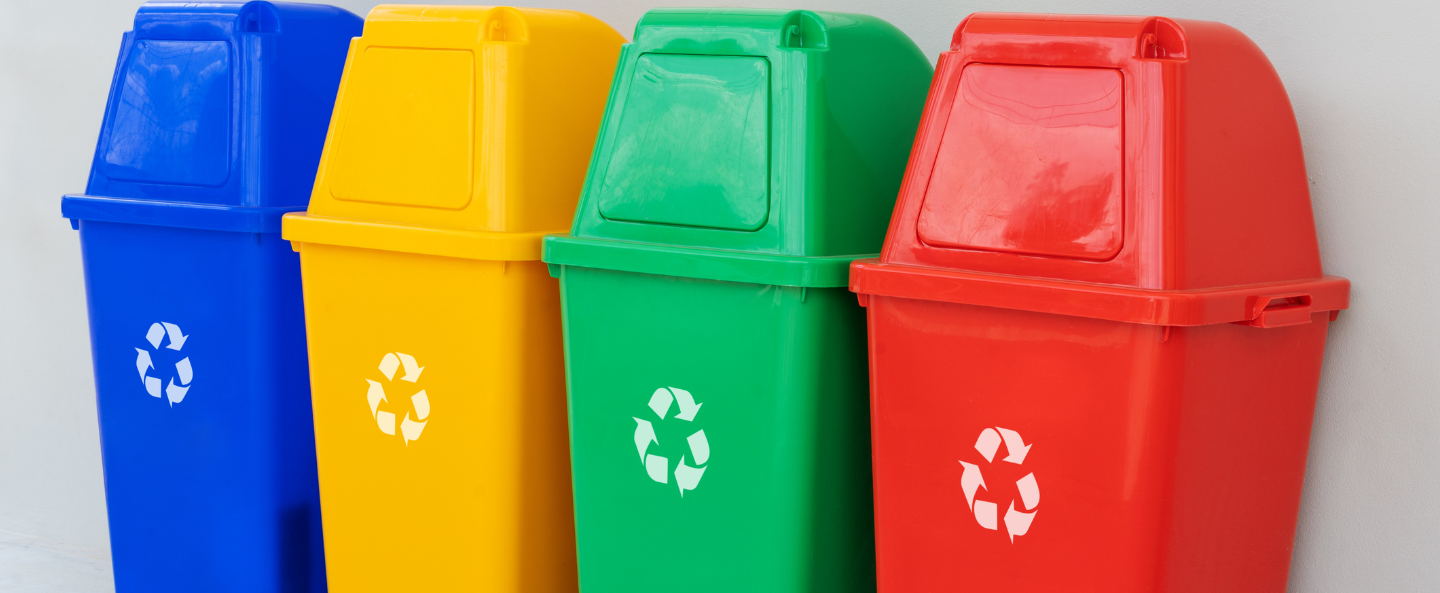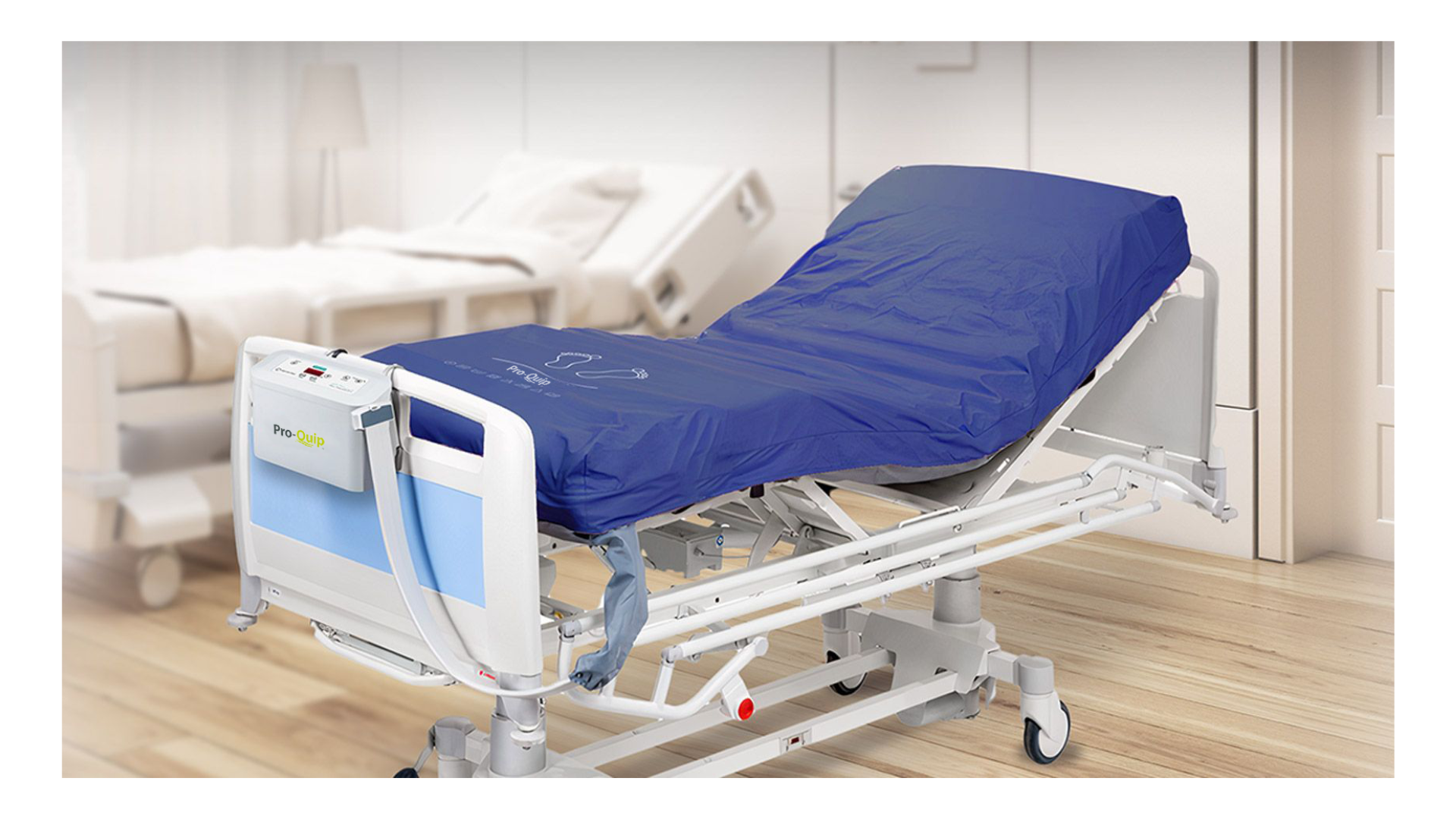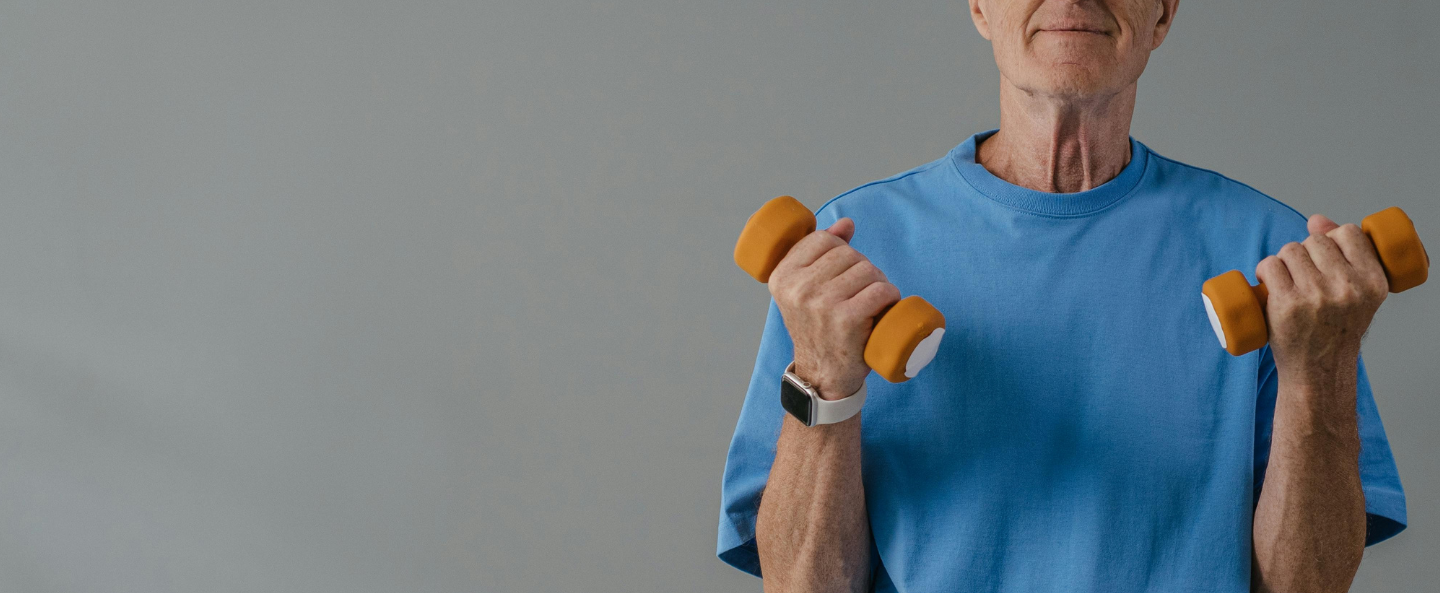Ensuring safety in care homes has never been more critical than it is today. With vulnerable populations at an increased risk of illnesses, the use of Personal Protective Equipment (PPE) has become indispensable. This article dives into the intricacies of navigating PPE guidelines in care homes, clarifying best practices that foster a safe, healthy environment for both residents and staff. As caregivers and healthcare professionals, you hold the responsibility of maintaining a safe space and preventing infection and this guide will aid you in doing just that. View our full range of PPE for care homes here.
Key takeaways
-
Understanding the importance of PPE in preventing the spread of infections in care homes
-
Detailed guidelines for proper PPE usage, including donning and doffing procedures
-
Tips for maintaining the safety of residents and healthcare staff
-
Recommendations for training staff on PPE protocols
-
Insight into common challenges and solutions surrounding PPE in care homes
The Importance of PPE and infection control in care homes
The use of Personal Protective Equipment (PPE) in care homes is a cornerstone of infection prevention and control. PPE serves as a barrier between infectious agents and the vulnerable populations within care homes, thereby reducing the spread of pathogens.
In care homes, residents often have underlying health conditions, making them more susceptible to infections. By using PPE such as masks, gowns, gloves, and face shields, caregivers can significantly reduce the risk of transmitting infectious diseases. For instance, during the COVID-19 pandemic, the proper use of PPE has played a crucial role in minimising outbreaks within these facilities and preventing infection and spread.
Furthermore, the correct application of PPE not only protects residents but also ensures the safety of healthcare staff who are in close contact with these individuals. By implementing strict PPE protocols, care homes can maintain a high standard of hygiene, which, in turn, reflects on the overall health and wellbeing of everyone in the facility.

Guidelines for proper PPE usage in social care
Donning PPE: Step-by-Step
Properly donning (putting on) PPE is the first line of defence against infection. Here are the steps you should follow:
1. Clean Hands: Start by sanitising your hands thoroughly. This step ensures that your hands are free from any contaminants before you touch the PPE.
2. Gown Up: Put on a clean gown and secure it at the back. Make sure it covers your clothing entirely.
3. Mask On: Place the mask over your nose and mouth, securing it behind your ears or tying it behind your head. Ensure that it fits snugly.
4. Eye Protection: If required, wear a face shield or goggles to protect your eyes from splashes and droplets.
5. Gloves Last: Finally, don gloves, ensuring they cover the cuffs of your gown. This ensures complete coverage and protection.
Doffing PPE: Step-by-Step
Doffing (removing) PPE is equally critical and must be done carefully to avoid contamination:
1. Gloves Off: Remove gloves first by peeling them off from the inside out, avoiding touching the outside surfaces.
2. Hygiene First: Sanitise your hands immediately after removing the gloves.
3. Eye Protection: Carefully remove goggles or face shield, touching only the straps.
4. Gown Removal: Untie or break the fasteners of the gown, and pull it away from your body, turning it inside out as you remove it.
5. Mask Last: Remove the mask by holding the straps and avoid touching the front part.
6. Final Hand Wash: Finish by thoroughly washing your hands with soap and water or using a hand sanitiser.
Common mistakes to avoid
Some common pitfalls in PPE usage include wearing the same PPE for extended periods or between different resident interactions, which compromises the protective barrier. Additionally, improper fitting of masks and failure to sanitise hands before and after PPE use can lead to contamination. Vigilance and strict adherence to protocols are paramount in preventing these errors.
PPE training for care home staff
Importance of training
Training your staff on the use of PPE should be a fundamental part of your care home's routine. This ensures that all team members know how to wear, remove, and dispose of PPE correctly, thereby mitigating the risk of infection. Without proper training, even the best PPE can fail to provide adequate infection protection.
Implementing regular PPE training sessions
Instituting regular training sessions helps keep PPE protocols fresh in the minds of your staff. Workshops, online courses, and hands-on training scenarios ensure comprehensive understanding and competency. Training should cover various aspects, from basic wear and removal to specific scenarios like dealing with infectious outbreaks.
Simulation drills
Conducting simulation drills can be an effective way to prepare the staff for real-life situations. These drills allow staff to practise PPE procedures in a controlled environment, offering a valuable opportunity to identify and rectify any mistakes.
Evaluating competency
Assessment quizzes, observational audits, and competency tests are useful tools for evaluating staff knowledge and skills in PPE usage. These evaluations provide actionable insights into areas needing improvement and ensure that every team member is up to date with best practices.
Maintaining PPE supplies
Inventory management
Keeping an accurate inventory of PPE in your care home ensures that you're always well-stocked. Regularly check your supplies and reorder before they run low. Use inventory management software to help track usage and predict future needs. Use a reliable care home supplier who you can trust to provide a seamless supply of PPE when needed.
Budgeting for PPE
PPE costs can add up, making budgeting essential. Allocate a specific budget for PPE and stick to it. Look for reliable suppliers that offer quality and cost effectiveness with bulk purchasing options or government grants to help manage expenses.
Quality control
Ensure your PPE meets the required safety standards. Substandard PPE can compromise the safety of both care home staff and residents. Periodic checks and supplier audits can help maintain quality.
Tips for ensuring safety of residents and staff
Maintaining safety in a care home extends beyond just the usage of PPE. Let's delve into other crucial aspects.
Regular health screenings
Conduct regular health screenings for both residents and staff. Early detection of illnesses can prevent the spread of infection. Use temperature checks and symptom tracking as part of your daily routine.
Cleaning and disinfection protocols
Implement stringent cleaning and disinfection protocols. Regular cleaning of high-touch surfaces, communal areas, and resident rooms reduces the risk of infection. Use disinfectants that are effective against a broad spectrum of pathogens.
Social distancing measures
When possible, maintain social distancing within the care home. Arrange dining and recreational activities in ways that minimise close contact. Use markers and signs to remind everyone of safe distances.
Visitor policies
Regulate visitation policies to protect residents. Limit the number of visitors and implement health checks for anyone entering the care facility.
Addressing common PPE challenges
PPE shortages
During global health crises, PPE shortages can occur. Establish a plan to manage such eventualities. This might include identifying alternative suppliers, reusing PPE where safe, and implementing conservation strategies. Ensure the supplier you use has a plan in place for situations such as this.
Compliance fatigue
Long-term adherence to strict PPE protocols can lead to compliance fatigue. Regularly remind and encourage your staff about the importance of these measures. Use positive reinforcement and provide mental health support to help your team stay motivated.
Resident cooperation
Some residents may be resistant to PPE protocols. Use gentle persuasion and clear communication to explain the importance of these measures. Involve family members and care support workers in the conversation to foster cooperation.
Enhancing safety through diligence
PPE is a critical component in ensuring the safety and wellbeing of both residents and staff in care homes. By following proper guidelines, conducting regular training, and maintaining robust protocols, you can mitigate the risks of infection and create a safe environment. Remember, every step you take towards enhancing safety procedures contributes to the overall health of your care home community.
Are you ready to take the necessary steps to improve PPE practice in your care home? Visit our online product catalogue to view our full range of PPE to help keep your staff and you residents safe and comfortable, including items such as gloves, masks, aprons and face shields that are worn to protect both patients and caregivers from the spread of infections.


